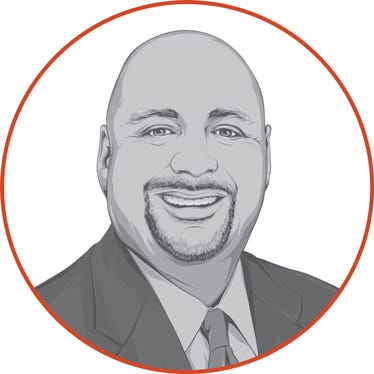
As I talked about in last week’s post, harvest is such a busy time on the farm. Not only are we wrapping up the crop year and finding out our results, but we’re already starting the next crop year.
Many farmers are making decisions for the 2019 crop year around any post-harvest dry fertilizer applications. But most farmers don’t meet with their banker or create a budget or cash flow projection until after the beginning of the new calendar year.
By the time that meeting rolls around, dollars may have already been spent on dry fertilizer applications prior to having a budget – so it’s too late to do anything differently. A higher breakeven number tends to intensify any cash flow issues or anxiety around trying to hit a great price in the market.
What are you getting?
Our farmer clients are working with our advisors on a proactive, budget-based approach to help figure out fall application spending. Doing so can help farm leaders prevent a situation where they discover, through their budget for the next year, that they need to cut back on their overall inputs – yet they’ve already applied a certain amount of dry fertilizer post-harvest.
Since you can’t take it back off the field, this makes for a tough situation. To get an understanding of the right amount for your operation in relation to the overall budget, you need to know how many total input dollars are going into your crop – and then ask the hard question: Am I getting the bushels back for the dollars I’m putting in?
Our advisors break this down into cost per bushel. The farmer and their advisor look back at previous years’ seed, chemical and fertilizer costs and relate that to how many bushels were produced.
Of course, there are other variables such as weather and how different varieties produced that will impact these numbers. But there’s good reason to get an understanding of the agronomics of your particular soil and what you really need – and don’t need – in terms of inputs.
Aiming for efficiency
If you have great yields this year, does it mean you need to put even more fertilizer on, based on removal? There are many different philosophies around how to calculate that. But if you want to shoot for your best, most cost-efficient year, you can ask: How much do I really need to spend on fertilizer versus basing it on removal?
In some situations, you may be able to cut back significantly without impact to either fertility levels or yield. This can feel scary if you’re used to really investing in P & K, but the reality is that once “sufficiency” of fertility is met, the pay-off of “more is better” gets rather tough to calculate.
Getting an awareness of how your farm is trending in terms of cost per bushel – whether upward or downward in recent years – can also be very helpful to see if there are areas that need adjusting.
When you aim to be the most efficient you can – to be the low cost per bushel producer – this can help take some pressure off in other areas of your operation. It helps reduce the need to hit every target perfectly in order for your numbers to work. In an imperfect world and an unpredictable ag business environment, thinking this way across the operation can be a lifesaver.
The opinions of the author are not necessarily those of Farm Futures or Farm Progress.
About the Author(s)
You May Also Like






